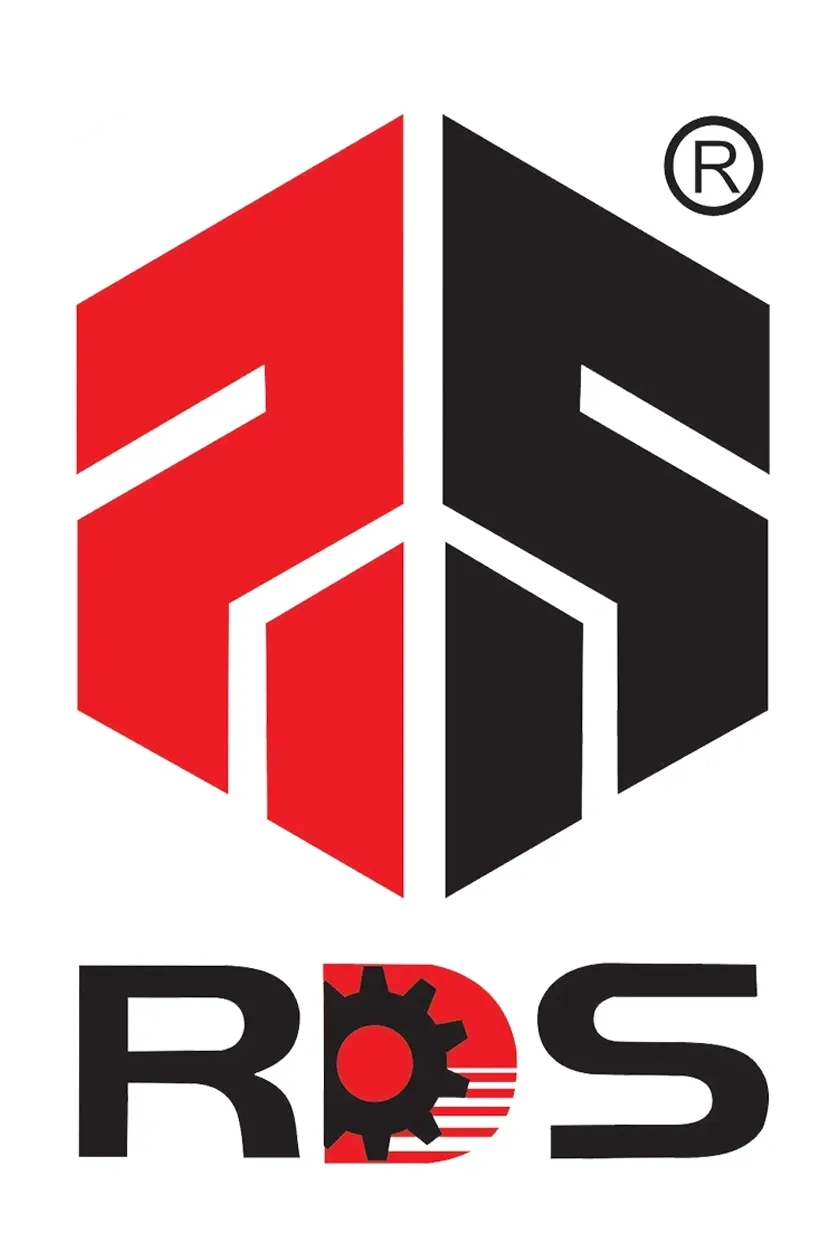GPO3 Halogen-free Flame Retardant Technology and Its Applications
GPO3 Halogen-Free Flame Retardant Technology is an optimized solution for enhancing flame retardancy in GPO3 (Glass Fiber Reinforced Unsaturated Polyester Resin Insulating Sheets). The core innovation involves using halogen-free flame retardants (excluding fluorine, chlorine, bromine, iodine, and astatine) and corresponding processes in the production system. Through chemical modification and filler synergies, the sheets maintain their original insulation and mechanical properties while achieving superior flame retardancy. This approach effectively avoids the drawbacks of traditional halogen-based flame retardants, which release toxic gases and corrosive substances during combustion.
How to realize halogen-free flame retardancy of GPO3?
The core structure of GPO3 sheets is "unsaturated polyester resin reinforced with glass fiber mat". Traditional flame retardant technologies predominantly rely on halogen-containing components like brominated epoxy resin, which release free radical scavengers during combustion to suppress the chain reaction. In contrast, halogen-free flame retardant technology employs the non-halogen flame retardant , achieving flame retardancy through three primary ways:
Flame retardant cohesion: The flame retardant forms a dense carbon layer under high temperature, covering the surface of the sheet to isolate oxygen and heat transfer, while suppressing resin melting and dripping. For example, inorganic flame retardants such as aluminum hydroxide and magnesium hydroxide decompose when heated to generate heat-absorbing water, while the resulting oxides form a carbon barrier.
Gas flame retardant: using halogen-free flame retardants (such as phosphorus) to decompose inert gases (such as ammonia, carbon dioxide) to dilute the concentration of combustible gases in the combustion area and interrupt the combustion reaction.
Catalytic carbonization and flame retardation: The flame retardant (such as phosphorus and nitrogen composite system) catalyzes the resin matrix to form a more stable and dense carbon layer during combustion, reducing the release of combustible volatiles and suppressing combustion from the source.

What are the application scenarios of GPO3 halogen-free sheets?
The core value of GPO3 halogen-free flame-retardant technology lies in the three keynotes of "high flame retardancy + environmental safety + performance stability", giving it irreplaceable advantages in fields with strict requirements for fire risk control, personnel safety and environmental compliance.
1. Rail transportation: The core requirements for metro, high-speed rail, and urban rail are "low smoke halogen-free + flame-retardant durable + vibration impact resistance" — the compartment and electrical cabinet space is sealed, and the toxic gas diffusion during fire will directly threaten the lives of passengers, and the equipment needs to withstand long-term vibration and temperature fluctuations during operation.
2. Buildings and public facilities: High-rise buildings, hospitals, data centers, shopping malls and other crowded places are required by fire control regulations to "low toxicity flame retardant + secondary disaster prevention", and electrical equipment needs to adapt to long-term high humidity and dust.
3. New Energy Industry: The core requirements for applications such as new energy vehicles, energy storage stations, and photovoltaic inverters are "environmental compliance + corrosion resistance to electrolyte + flame-retardant and high efficiency", and must comply with automotive industry ELV and energy storage industry standards.
4. Export-oriented electrical products: Markets such as the EU, North America, Japan, and South Korea enforce strict halogen-free environmental standards (e.g., EU RoHS 2.0 Directive, US UL 94 V-0+ halogen-free certification). Traditional halogen-containing GPO3 sheets are no longer viable for these markets, making halogen-free flame-retardant technology the key to export success.
RDS Composite manufactures various thicknesses of GPO3 sheets which can meet the UL94-V0 standards. Our products are carefully managed from raw material procurement through the entire production process to ensure they meet international standards. We are committed to providing you with reliable quality products and timely delivery of services.
 EN
EN






















